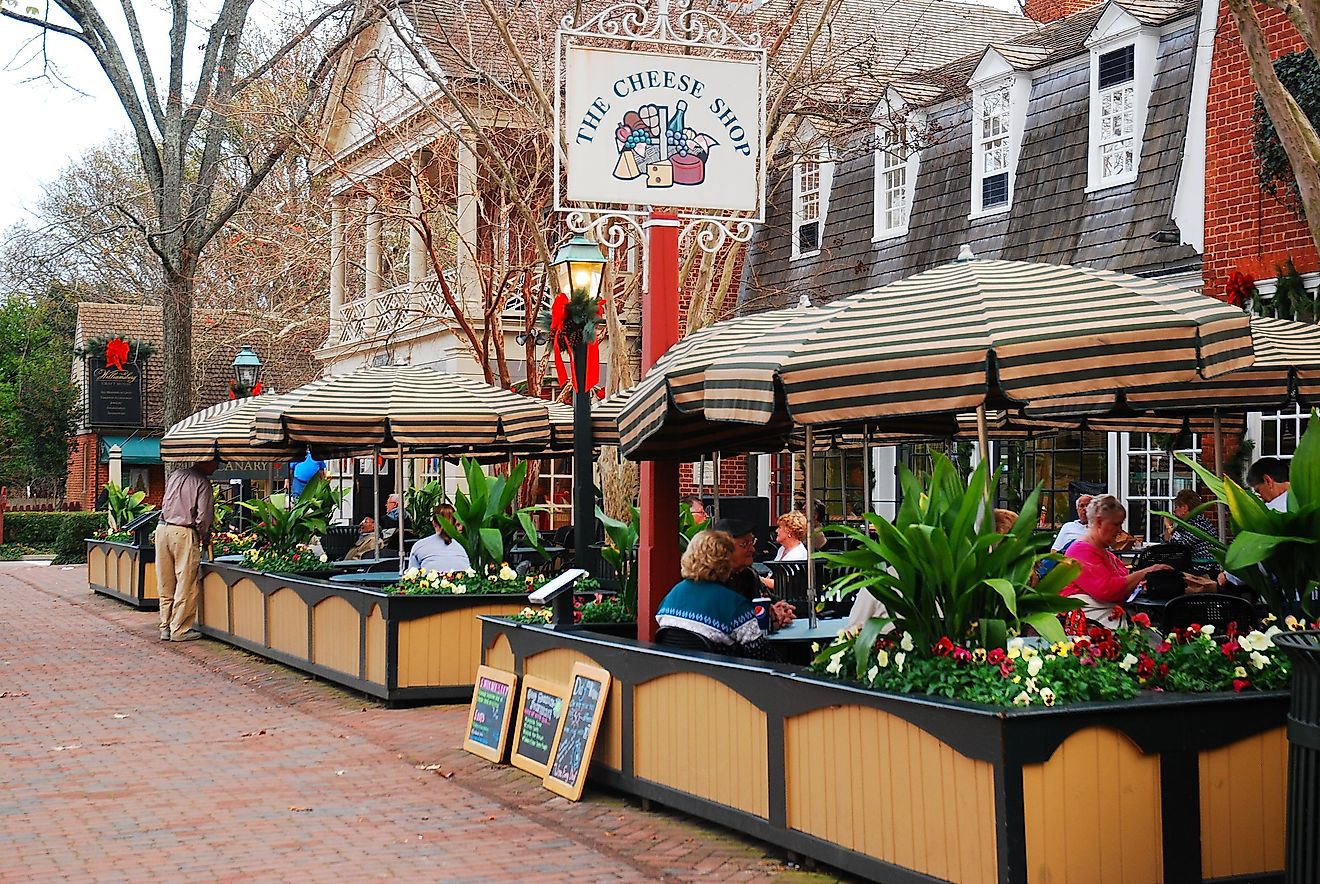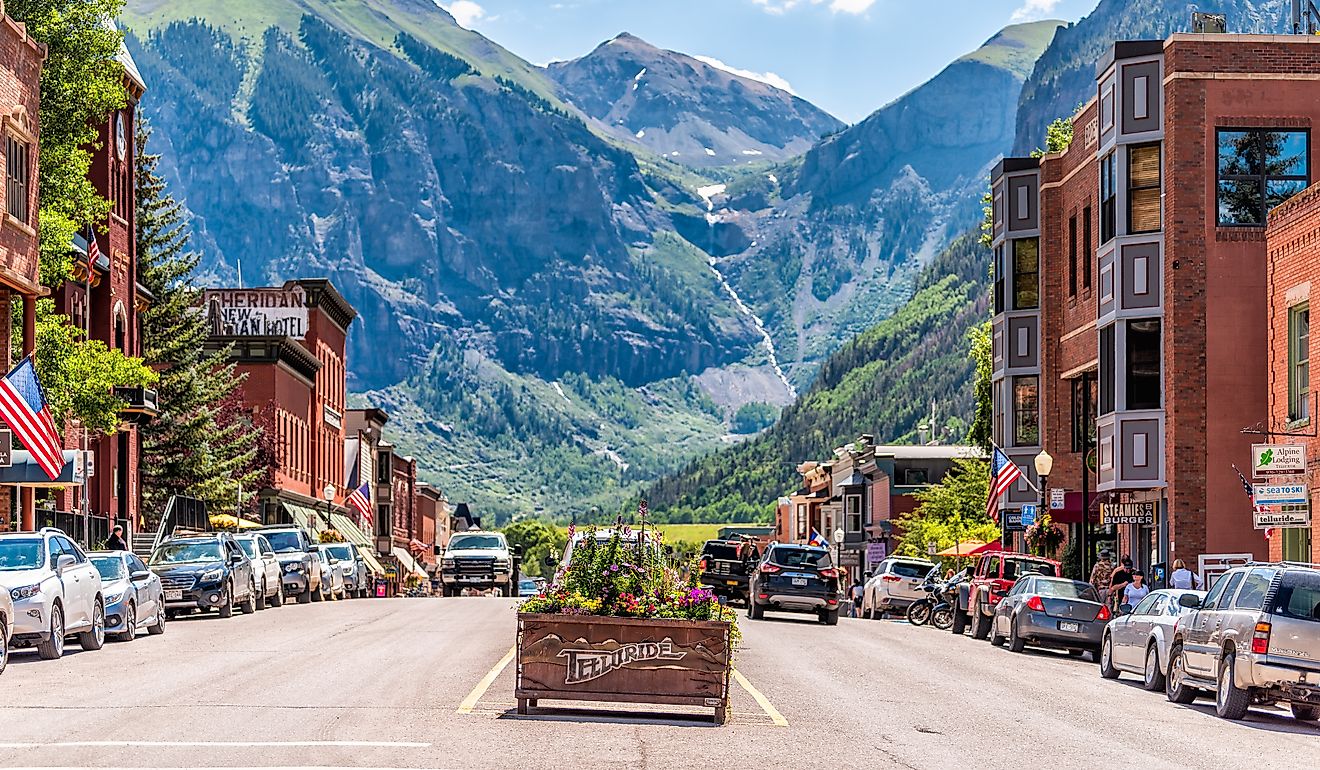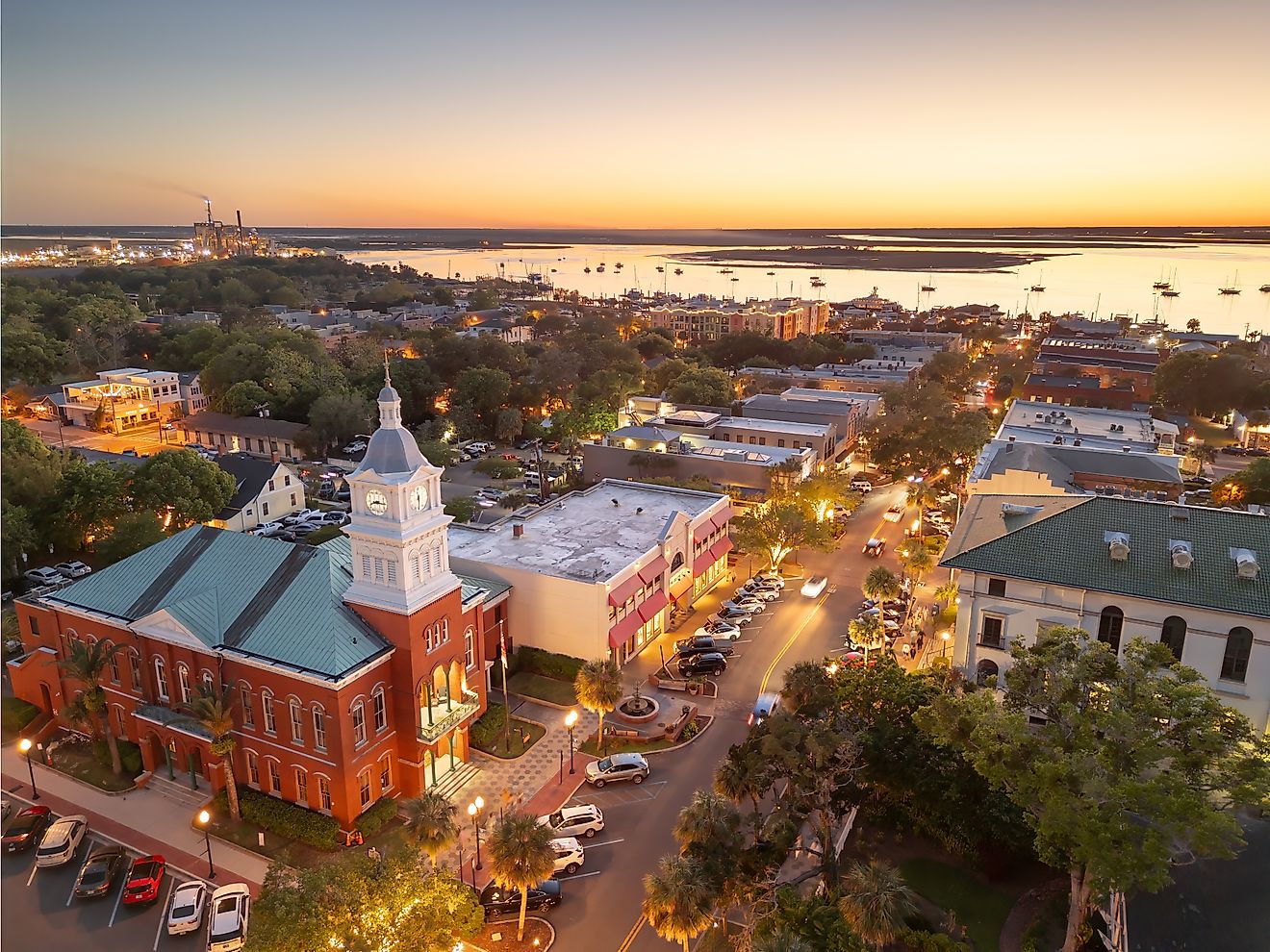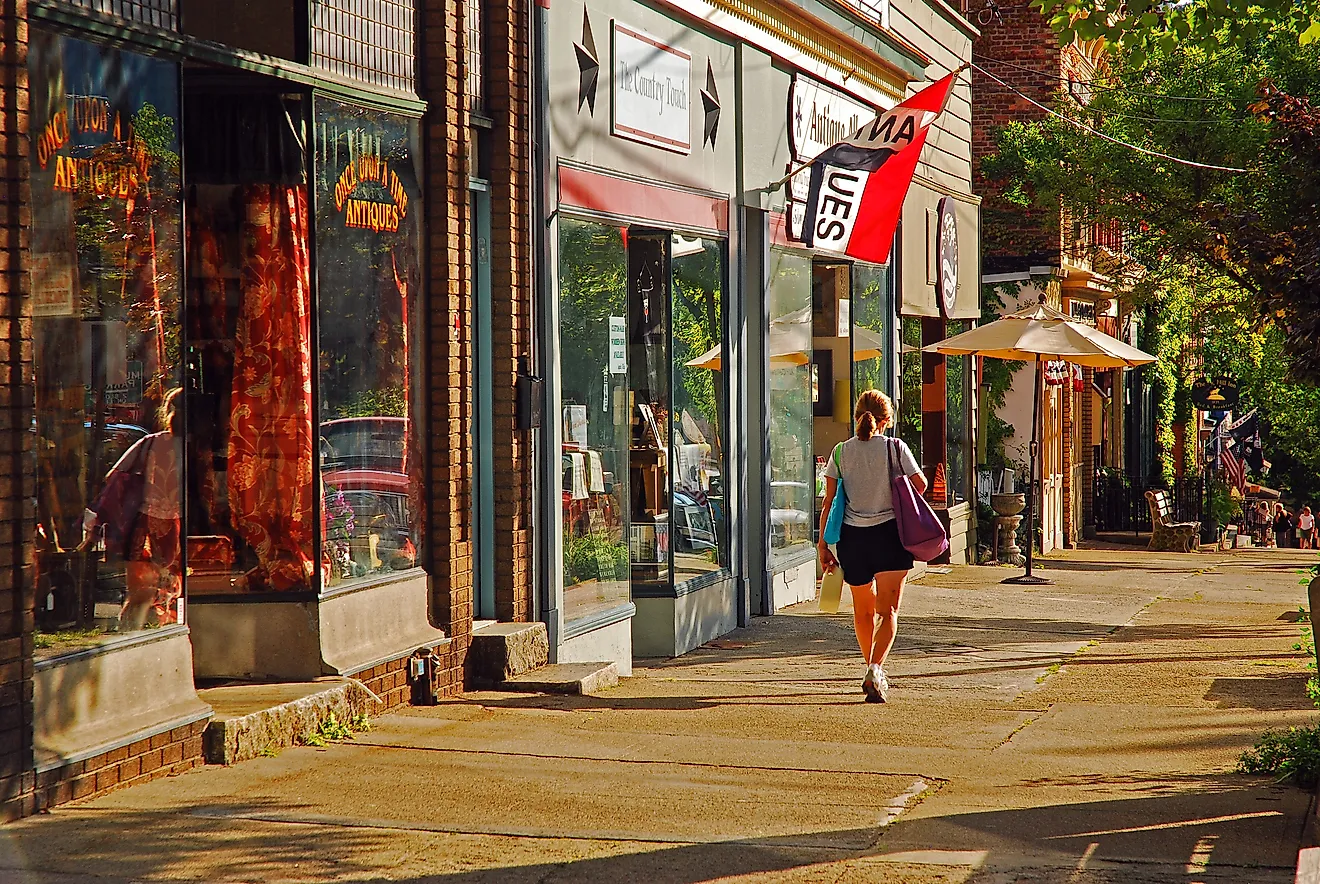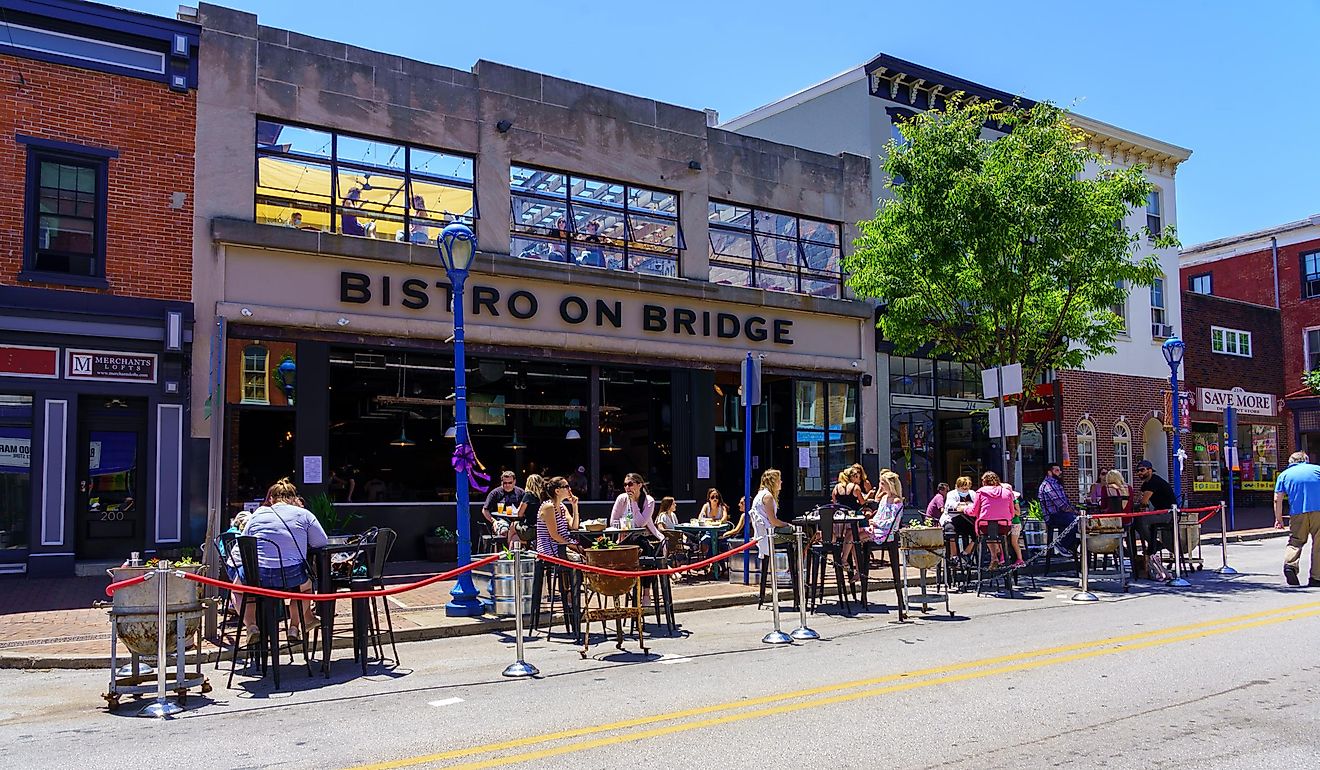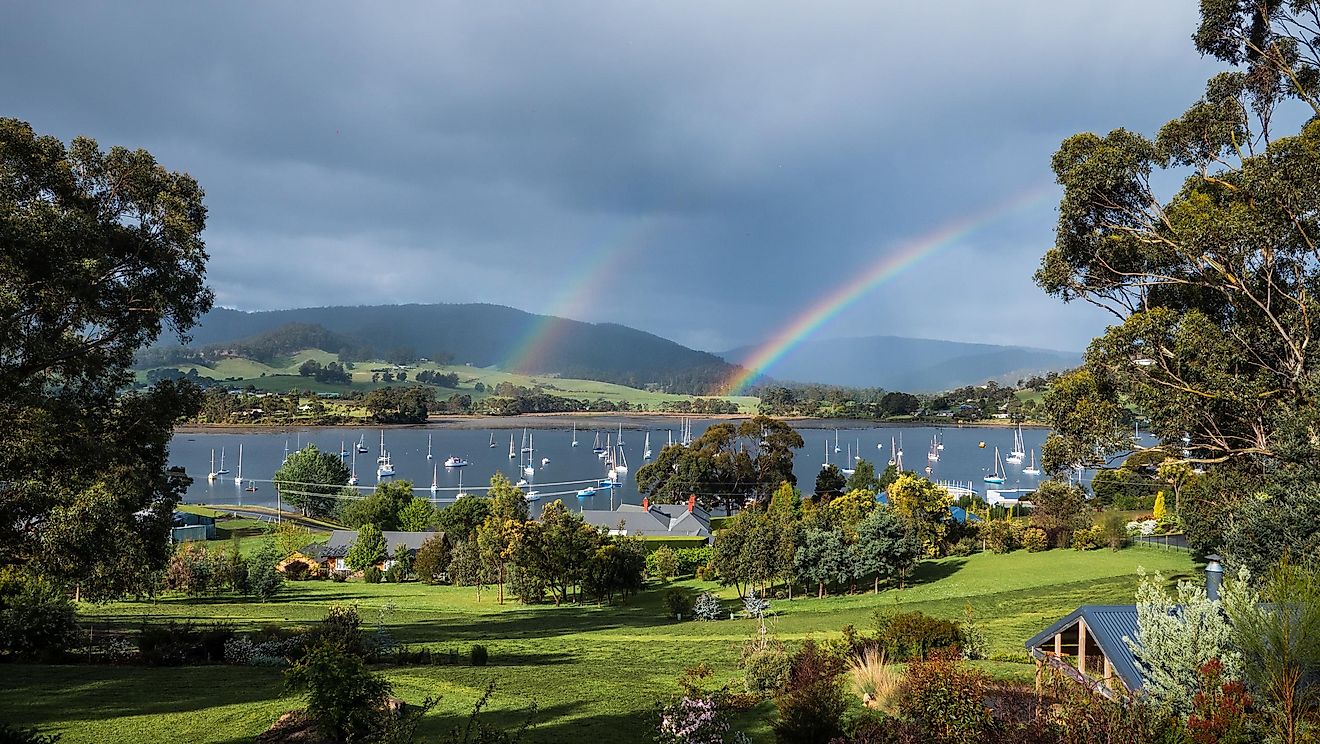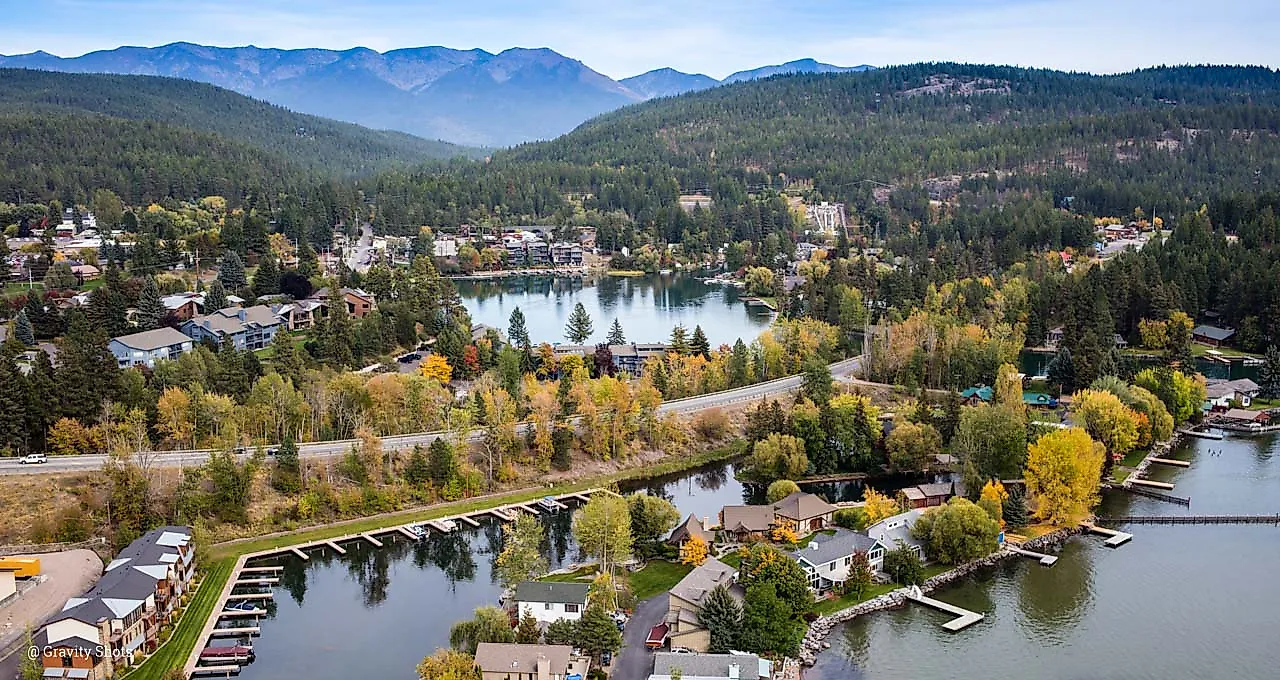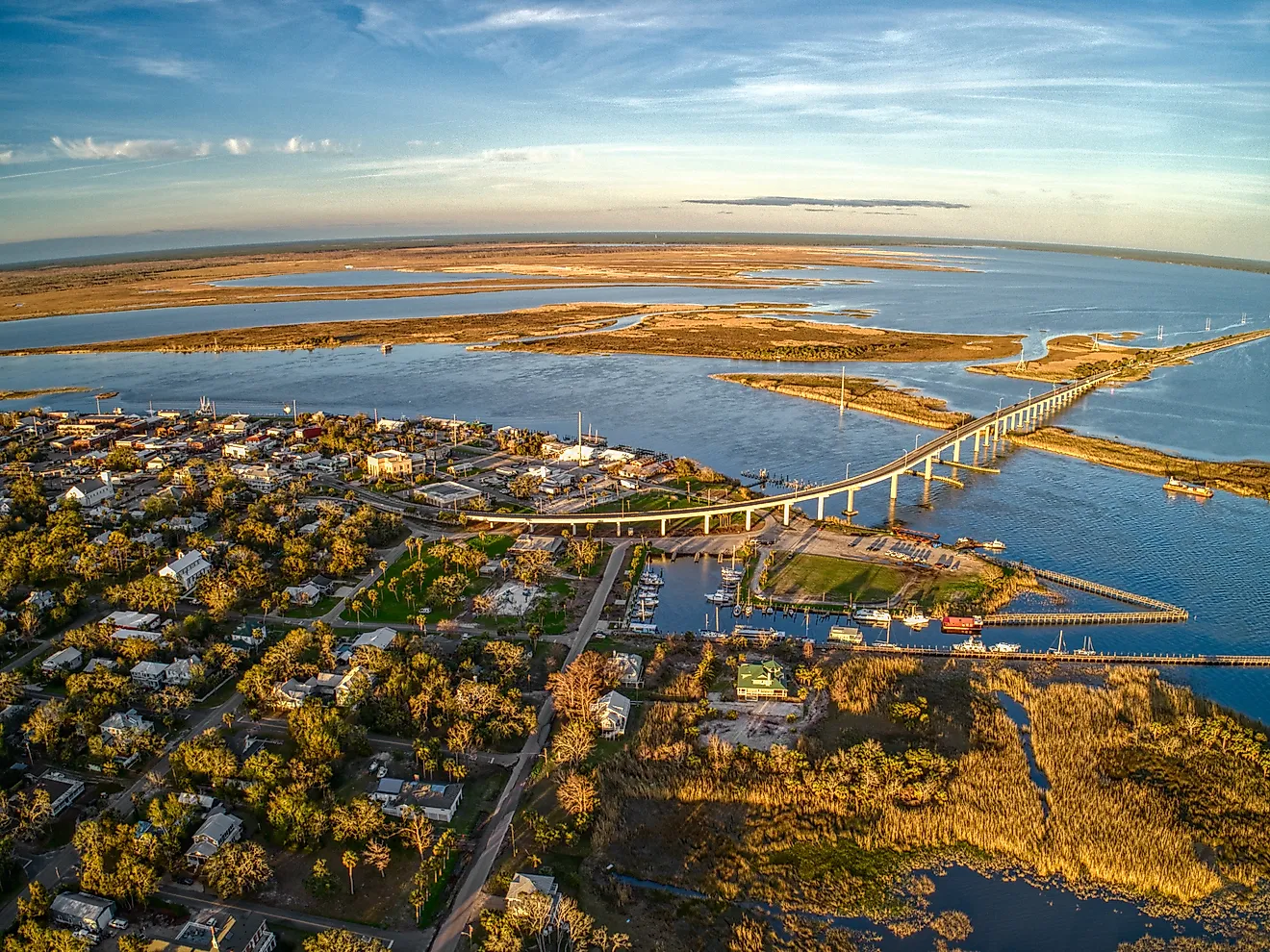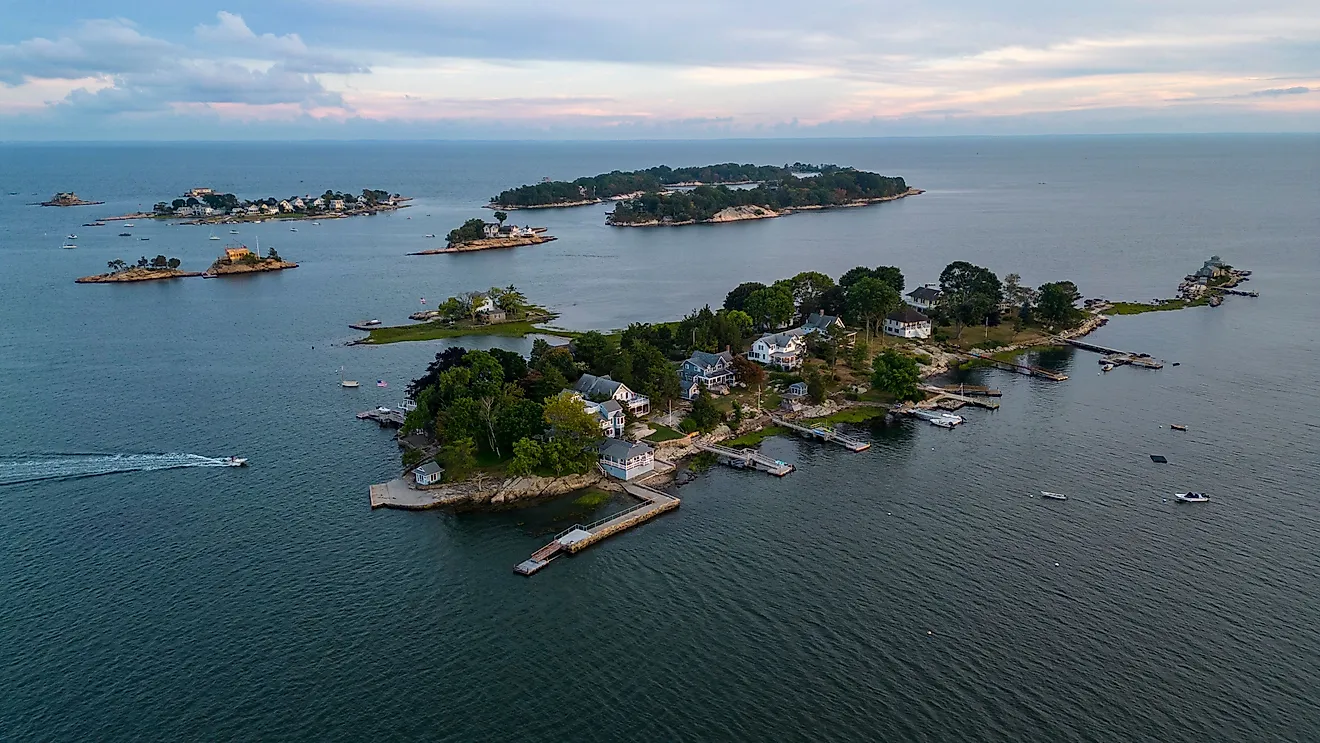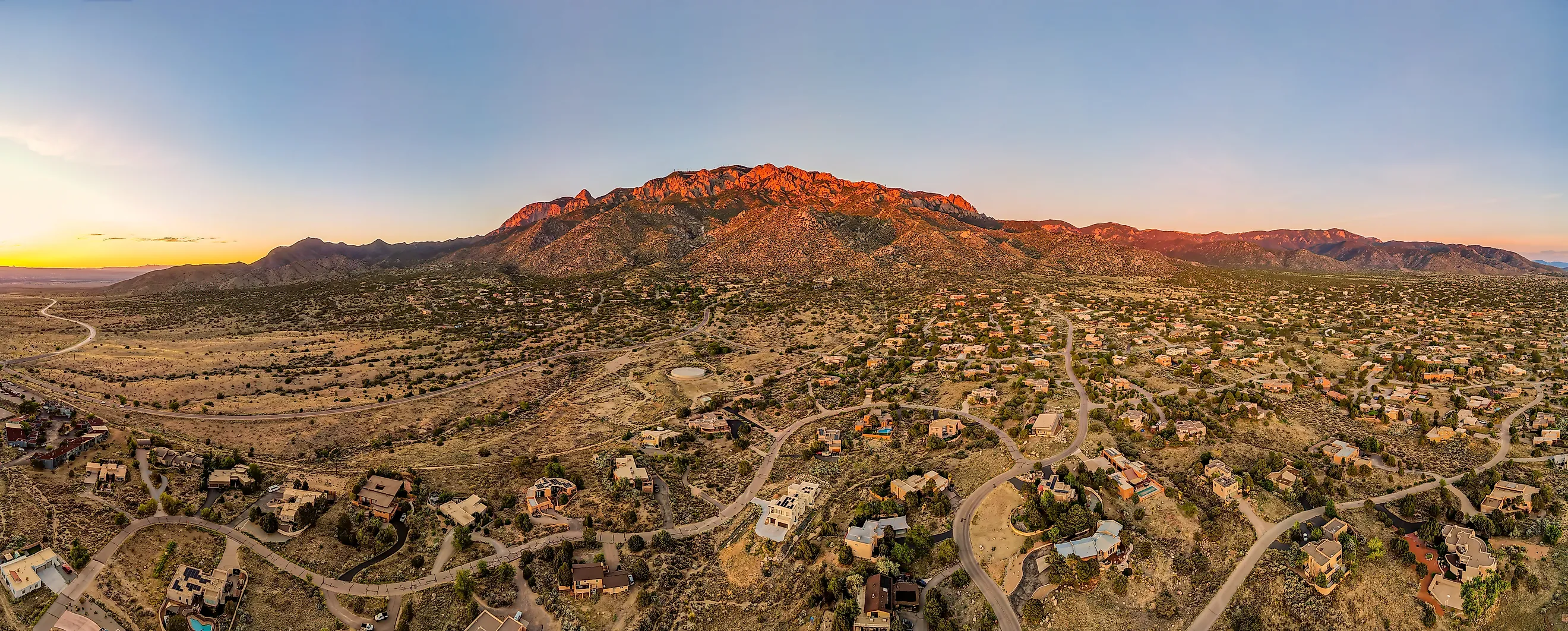
The 6 Best Albuquerque Neighborhoods To Call Home In 2025
The Land of Enchantment is a fascinating place filled with history and intrigue. While you may think of Albuquerque primarily for its desert landscapes and Breaking Bad locations, in truth, New Mexico's largest city offers diverse neighborhoods with distinct character and charm. From historic districts to modern planned communities, Albuquerque's neighborhoods provide many unique living options that are safe and accessible, and may be perfect for those who love the combination of urban and desert life. In 2025, these six Albuquerque neighborhoods are calling out to anyone who wants to experience the perfect balance of Southwestern heritage and modern amenities in a great American city.
High Desert
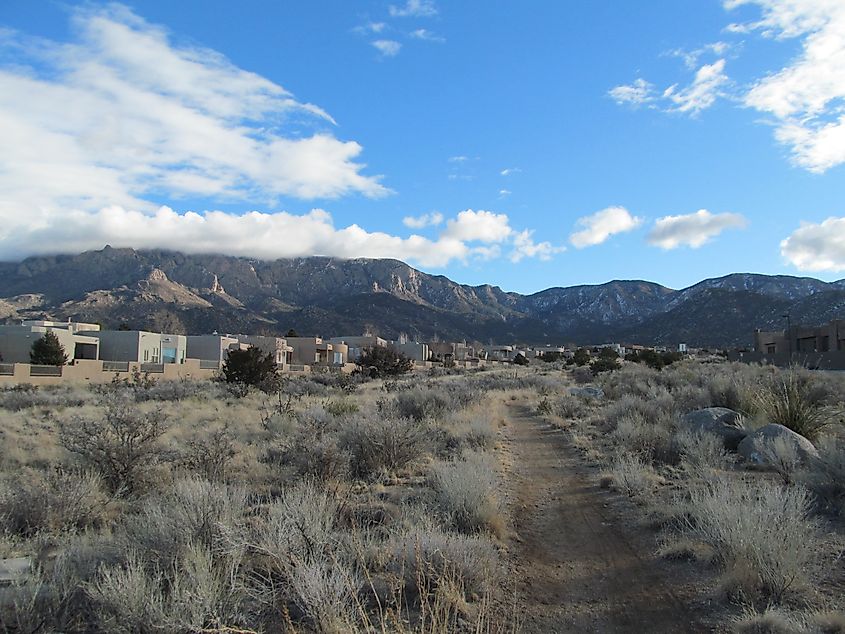
Situated against the stunning Sandia Mountains in Albuquerque's northeast heights, High Desert represents thoughtful desert development at its finest. This master-planned community seamlessly integrates homes into the natural landscape, with architecture that complements rather than competes with the spectacular surroundings. Native landscaping requirements and careful preservation of open space create a neighborhood that feels connected to its environment in a way few planned communities achieve.
The community's elevated position provides breathtaking views of both the mountains and the city lights, with many homes featuring outdoor living spaces designed to maximize these vistas. Walking and biking trails wind throughout the neighborhood, connecting residential areas to preserved natural spaces where wildlife sightings are common. The High Desert Park offers recreational facilities that blend harmoniously with the desert setting.
Housing ranges from luxurious custom homes to well-designed townhouses and patio homes, providing options across various price points while maintaining consistent quality and aesthetic standards. The area's architectural guidelines ensure homes complement the desert environment through appropriate colors, materials, and landscaping, creating a cohesive community appearance without monotony.
The neighborhood's location provides easy access to Tramway Boulevard, connecting residents to both the Sandia Peak Aerial Tramway for mountain recreation and to I-40 for commuting to downtown or other parts of the city. Upscale shopping and dining options at both ABQ Uptown and Coronado Center lie just minutes away, while proximity to the foothills trails system offers immediate access to outdoor recreation.
Nob Hill

Just east of the University of New Mexico campus along historic Route 66, Nob Hill delivers Albuquerque's most vibrant urban neighborhood experience. This walkable district combines historic charm with contemporary energy, creating a genuine mixed-use environment where residents can live, work, and play without requiring a car for every errand. The area's distinctive neon signs and preserved mid-century architecture create a unique sense of place that honors its Route 66 heritage.
The neighborhood centers around Central Avenue (the former Route 66), where locally-owned boutiques, galleries, restaurants, and entertainment venues create a lively street scene. Establishments like Zinc Wine Bar & Bistro and La Montañita Co-op have become neighborhood institutions, while newer additions like Tractor Brewing Company continue to enhance the area's appeal.
Housing includes a mix of historic homes from the 1920s through the 1950s in architectural styles ranging from Pueblo Revival to Territorial and Mid-Century Modern. The neighborhood's northern sections feature larger homes on quiet streets, while areas closer to Central Avenue offer smaller bungalows, condominiums, and apartments with immediate access to the commercial district.
The neighborhood's location adjacent to the University of New Mexico provides access to cultural events, continuing education opportunities, and the excitement of college sports. The recent addition of Albuquerque Rapid Transit (ART) along Central Avenue has improved public transportation connections to downtown and other parts of the city.
Nob Hill attracts a diverse mix of residents, from young professionals and academics to empty nesters seeking an active, walkable lifestyle. The neighborhood's vibrant energy, architectural character, and central location create an urban experience unique in Albuquerque.
Tanoan/Sandia Heights
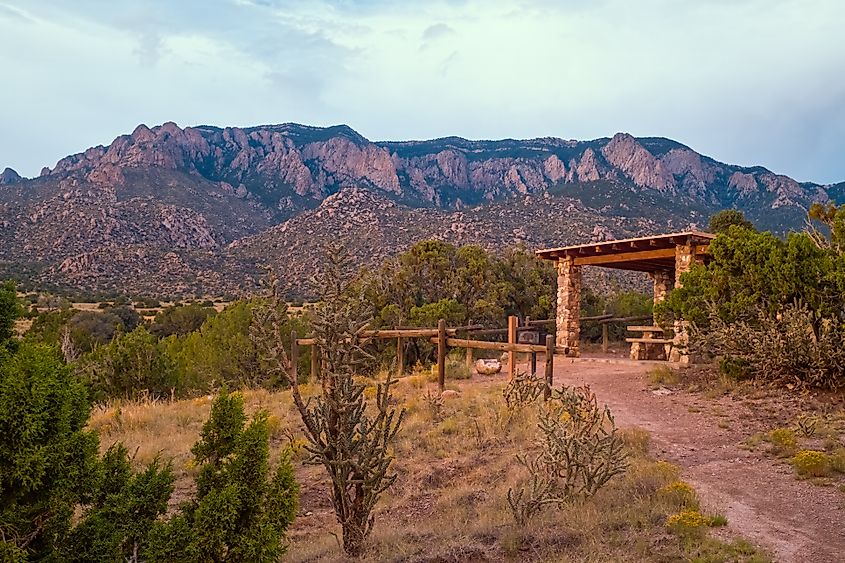
If you're seeking exclusivity and spectacular views, the adjacent communities of Tanoan and Sandia Heights offer Albuquerque's premier upscale living experiences. Located in the far northeast heights against the Sandia Mountains, these established neighborhoods combine security, privacy, and natural beauty in settings that showcase New Mexico's dramatic landscapes.
Tanoan operates as a collection of gated communities surrounding a private country club, with homes arranged around the championship golf course designed by Perry Dye. The community features distinctive village-like sections, each with its own architectural character ranging from southwestern to contemporary styles. The Tanoan Country Club serves as the social hub for many residents, offering not just golf but also tennis, swimming, fitness facilities, and dining options.
Just east, Sandia Heights climbs the lower slopes of the Sandia Mountains, with homes positioned to maximize views across the Rio Grande Valley to the distant mesas and volcanoes. Many properties feature floor-to-ceiling windows and expansive outdoor living spaces designed to bring these breathtaking vistas into everyday life. The community's higher elevation creates a slightly cooler microclimate than the rest of the city, with additional precipitation supporting more vegetation.
Both neighborhoods provide easy access to the Sandia Peak Tramway and numerous mountain trails, while Paseo del Norte and Tramway Boulevard connect residents to shopping, dining, and employment centers throughout the city. Housing in both communities represents Albuquerque's luxury market, with custom-built homes featuring high-end finishes, generous lots, and often spectacular views. While prices rank among the city's highest, these neighborhoods offer unmatched privacy, security, and natural beauty.
North Valley
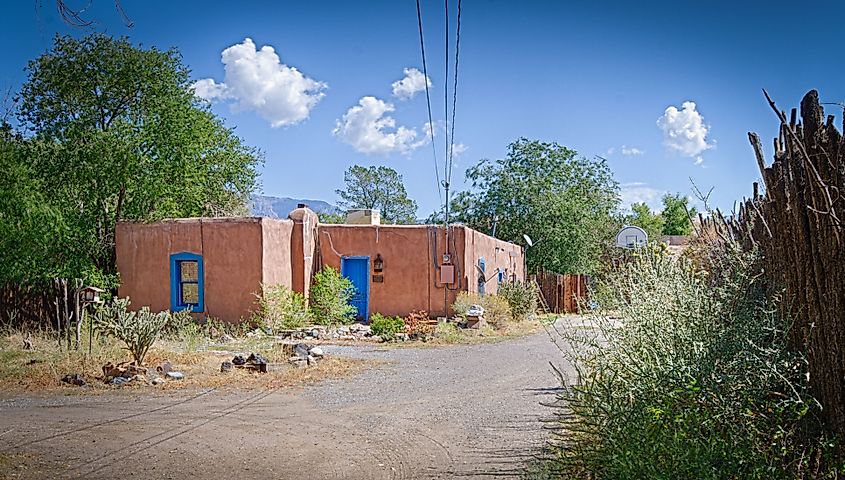
Along the cottonwood-lined Rio Grande, the historic North Valley offers a rural feel surprisingly close to urban amenities. This verdant area, with its centuries-old acequia irrigation systems and agricultural heritage, provides a lifestyle that connects people to both New Mexico's natural environment and its multicultural history. The lush landscape creates a striking contrast to Albuquerque's desert setting, with massive cottonwoods, fruit orchards, and small farms creating a pastoral atmosphere.
The neighborhood's western sections follow the Rio Grande bosque, a riparian forest that provides miles of trails for walking, running, and horseback riding. The Rio Grande Nature Center State Park offers educational programs and wildlife viewing opportunities, while the nearby Paseo del Bosque Trail extends for miles through protected natural areas. Community gardens and small-scale agriculture remain vibrant parts of North Valley life, with the Los Ranchos Growers' Market offering local produce.
Housing ranges from historic adobe homes dating back centuries to mid-century ranches and contemporary properties designed in regional styles. Many lots feature larger acreage than typical city properties, often with irrigation rights that support gardens and orchards. Equestrian properties remain available in certain sections, allowing residents to keep horses within city limits.
Los Ranchos Road and Fourth Street feature locally-owned businesses like the Farm & Table restaurant, which grows much of its produce on-site. The Los Ranchos Village center has created a walkable district with shopping, dining, and community events like the Lavender in the Village Festival.
The North Valley attracts those seeking a connection to nature and local food systems while remaining close to urban conveniences. The neighborhood's mature landscape, agricultural heritage, and proximity to the river create a distinctive lifestyle unavailable elsewhere in Albuquerque.
Four Hills/Volterra
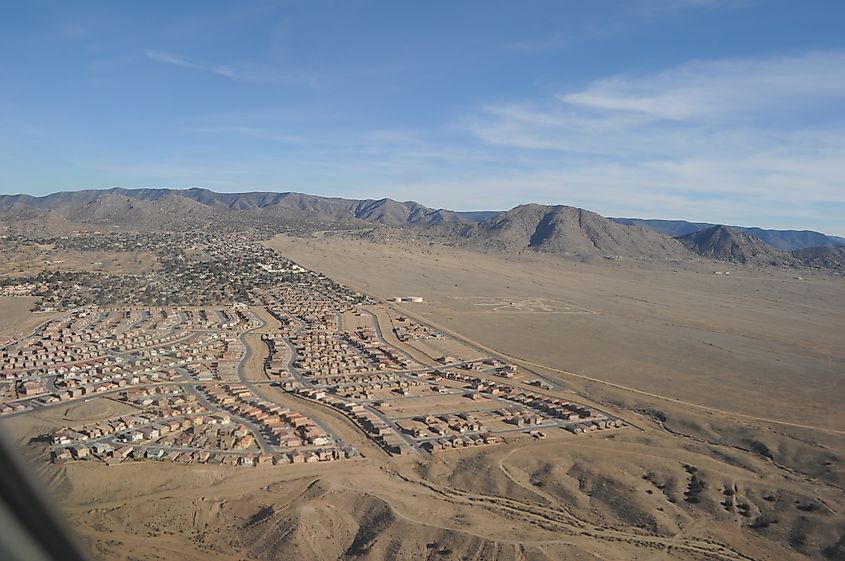
On Albuquerque's eastern edge, the established Four Hills neighborhood and newer Volterra community offer elevated living with mountain views and excellent amenities. These adjacent areas benefit from their position against the foothills, providing cooler temperatures, spectacular vistas, and easy access to outdoor recreation while remaining connected to urban conveniences.
The original Four Hills development, built around the Four Hills Country Club beginning in the 1950s, features winding streets and homes positioned to maximize views. The neighborhood's established landscape includes mature trees, unusual in desert Albuquerque, creating a lush environment in contrast to newer developments. The Four Hills Country Club provides golf, tennis, swimming, and social activities for members.
The newer Volterra community extends the Four Hills area with contemporary homes designed to complement the natural environment. Thoughtful planning has preserved open space and created trail connections to the adjacent Manzano/Four Hills Open Space, where hiking trails climb into the foothills. The development's Italian-inspired design elements create distinctive character while respecting the southwestern setting.
Both neighborhoods benefit from proximity to Kirtland Air Force Base and Sandia National Laboratories, making them popular with professionals employed at these facilities. Housing ranges from mid-century homes in original Four Hills to luxury custom properties in newer sections of both communities. The area attracts established professionals and families seeking secluded living with natural beauty while maintaining proximity to employment centers and urban amenities.
Ventana Ranch/Taylor Ranch
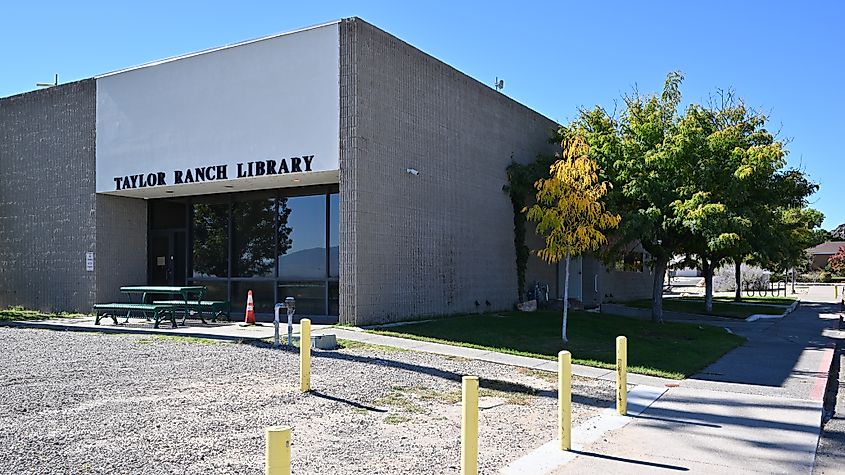
In Albuquerque's growing west side, the established communities of Ventana Ranch and Taylor Ranch offer family-friendly living with mountain views and excellent value. These well-planned neighborhoods provide amenities, community connections, and accessibility that have made them increasingly desirable for families and professionals seeking modern homes in safe environments.
Ventana Ranch features thoughtfully designed subdivisions with neighborhood parks, walking trails, and community centers that create gathering places for residents. The Ventana Ranch Park offers sports fields, playgrounds, and open space, while the nearby Ventana Ranch Elementary School provides educational excellence within walking distance for many families.
Taylor Ranch, slightly closer to the river, offers established neighborhoods with mature landscaping and a strong sense of community. The area features extensive recreational opportunities, from the Mariposa Basin Park with its sports facilities to the paved trails along the Calabacillas Arroyo. The Taylor Ranch Community Center provides activities for all ages, while the Don Newton/Taylor Ranch Library serves as an educational resource and community gathering place.
Both neighborhoods offer excellent access to Coors Boulevard and Paseo del Norte, connecting residents to employment centers throughout the metropolitan area. The Cottonwood Mall and surrounding commercial district provide extensive shopping and dining options, while proximity to the western edge of the city allows quick access to outdoor recreation along the Rio Puerco and beyond.
Housing in both communities offers exceptional value compared to similar properties in the eastern heights, with modern homes featuring open floor plans, energy-efficient design, and low-maintenance landscaping. The neighborhoods attract diverse residents, from young families drawn to good schools and parks to professionals appreciating the combination of affordability and amenities.
Conclusion
Albuquerque's growing neighborhoods are part of the city's evolution from a small southwestern town to a diverse metropolitan area. People who move to these areas share the commonality of wanting quality of life with a distinctive Southwestern character. These six neighborhoods demonstrate that Albuquerque offers much more than desert landscapes and Breaking Bad tours. From the historic charm of the North Valley to the mountain views of High Desert, these communities provide environments where safety, accessibility, and livability combine to create genuine homes. As Albuquerque continues growing in 2025, these neighborhoods represent the best of what brings new residents to New Mexico's largest city—authentic communities with distinct character amid the beautiful high desert landscape.
